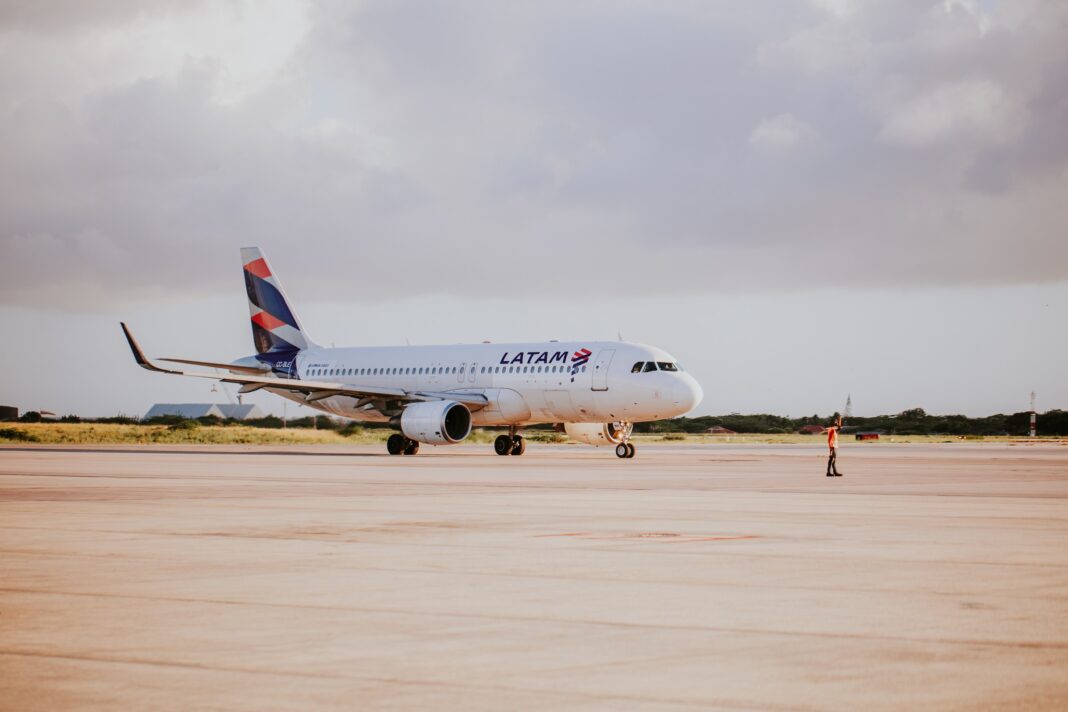The Federal Aviation Administration (FAA) is demanding that Boeing provide additional data before the agency approves a thorough inspection and maintenance process for the reintroduction of the 737 MAX-9 into service.
The FAA Administrator, Mike Whitaker, emphasized: “We are working to ensure that something like this does not happen again. Our only concern is the safety of American travelers, and the Boeing 737-9 will not fly again until we are completely convinced that it is safe”. After evaluating Boeing’s proposed inspection and maintenance guidelines, the FAA identified the need for more data before giving its approval.
Rigorous Inspection Requirements
The FAA’s latest mandate includes door inspections on an additional 40 aircraft. Although Boeing’s instructions for inspections and maintenance seem exhaustive, the FAA insists on reviewing the data from these initial inspections to maintain the highest standards of safety.
On January 6, the FAA prohibited the flight of approximately 171 Boeing 737-9 MAX aircraft following an incident in which a plane lost a coupling of an overridden exit door in the cabin during flight.
Alaska Airlines grounds Boeing 737-9 MAX fleet due to failure of a factory-overridden door
Following the incident, the FAA decided to increase oversight over Boeing’s production and manufacturing processes and its suppliers. The agency also launched an investigation into Boeing’s compliance with approved designs and safety conditions.
The FAA will continue to support the National Transportation Safety Board’s (NTSB) investigation into Alaska Airlines Flight 1282. The NTSB, leading the investigation, will provide periodic updates, including the preliminary report – usually within 30 days of the event – and the final report, which will include relevant safety recommendations and typically takes an average of two years to complete.






